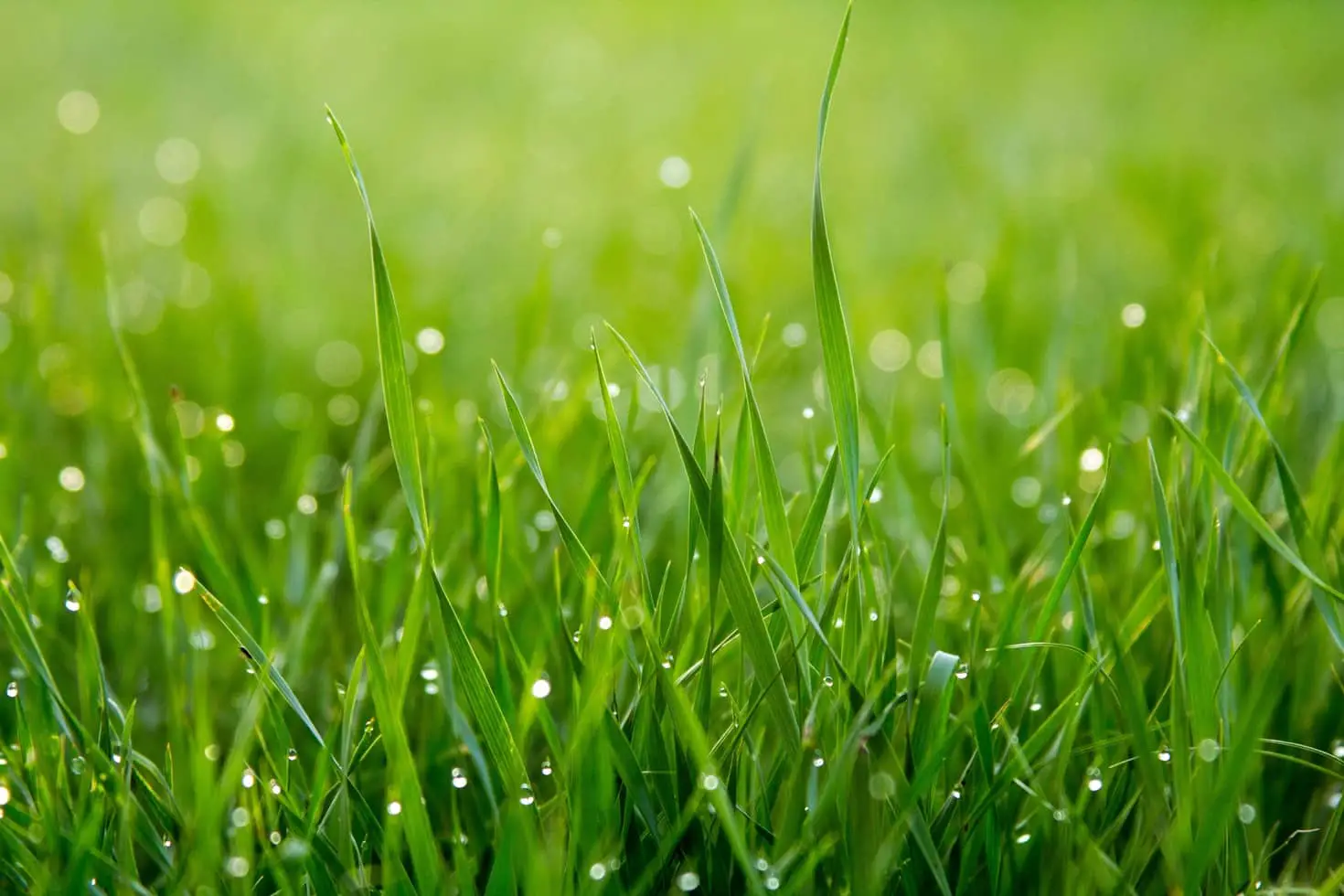Angela Hewitt from Naturezones shares this fascinating information about grass and how important it can be in capturing carbon. Ed
Carbon sequestration is becoming big news and planting trees is just part of the solution. Grass is a plant, so it takes in carbon dioxide from the air and produces oxygen through the photosynthesis process.
A healthy lawn is very efficient at producing oxygen, and a 50sq ft lawn will create enough per annum to meet the oxygen needs of a family of four.
Your lawn is a good carbon sink
A “carbon sink” is a natural environment that stores carbon-based compounds, rather than releasing them into the atmosphere.
Once it’s been captured by your lawn, the carbon dioxide is then “sequestered” and turned into organic matter. Instead of being released into the air as a greenhouse gas, carbon compounds become useful fertilizers for the grass.
Keep it green
However, this is only effective with a lovely, green lawn. Yellowish or dry grass doesn’t have enough green chlorophyll in it, which is a vital part of photosynthesis.
So, if you have a dry lawn, it’s not producing as much oxygen as it might otherwise. Scientist say grass produces more oxygen than trees.
Figures vary – which is to be expected, as there are many different species of both. Scientists say figures show grass produces around three times more the amount of oxygen than trees.
Limit your mowing
However, if you want grass to be at its most green (and we’re talking about in the climate sense rather than its pigment sense, here), don’t mow it.
Constantly cutting your lawn will affect its oxygen production, as well as its ability to store carbon. The healthy grass can then continue to photosynthesize, forming a virtuous circle.
The answer is mow only once every two weeks. Allow the clippings to rot down in to the soil as natural fertiliser.
Grow a mini meadow
Go for a smaller lawn. Grow a mini meadow that only gets mown once or twice a year.
Grasses and wild flowers are perennials with long deep roots that capture and sequester carbon. And grass captures more carbon than cereals and legumes.
Difference between CO2 and Carbon
What is the difference between CO2 and carbon? In environmental discussions the two terms seem to be interchangeable to some extent. It is CO2 in the atmosphere that is the problem for global warming. Plants convert CO2 to other forms of carbon such as wood.
When plants die, the carbon in the plant will again be converted back to CO2. Oil is the result of dead plants – a form of carbon.
When we use gasoline, which contains a lot of carbon, it gets converted to CO2. The conversion of carbon to CO2 and CO2 to carbon is a continual cycle that has been happening naturally since the beginning of life on earth. This natural balance has been undermined by the Industrial Revolution.
Find out more
Visit the Naturezones Website to find out more about their work and how you can visit as well as become a friend.
Source: Science Direct and Oklahoma University
Image: Ochir-Erdene Oyunmedeg under CC BY 2.0





